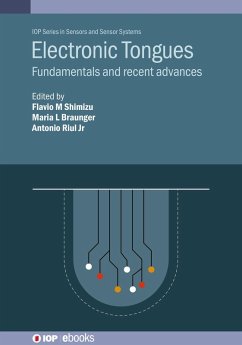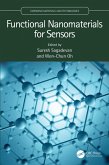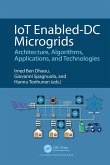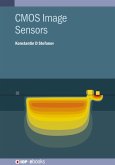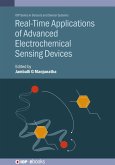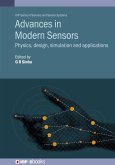Electronic tongues, analytical instruments featuring chemical sensors, are powerful tools for qualitatively or quantitively distinguishing the compositions of simple and complex solutions. Their development and applications impact researchers from chemistry, food science, engineering, instrumentation, electrochemistry, pharmacology, physics, and computer science. Tremendous advances have been made in the field over recent years including miniaturization to improve portability and. development of multisensory systems based on nanostructured materials, including 2D materials, graphene and other polymeric nanostructures. Advances in computational methods have also made a significant impact, with the tools for multidimensional information visualization and machine learning playing an increasingly important role in sensory data analysis.
This book provides the reader with the history, fundamentals and theoretical aspects of electronic tongues and their applications. It covers strategies to discriminate analytes in complex liquid media with simple and robust tools, the design and the miniaturization of multisensory systems, the novel chemical materials employed and advances in computational tools employed for information visualization and interpretation. Commencing with a historical overview and introduction to the basic concepts of potentiometric lipid/polymer sensors, the book extends those ideas for other potentiometric e-tongues and related data analysis tools. Voltammetric e-tongues are then reviewed, including those using molecularly imprinted polymers. There follows an introduction to impedimetric e-tongues and those integrating emerging technologies such as microfluidics and 3D-printing and a review of the broad range of materials used as sensing units in diverse e-tongue including the theoretical basis, trends, and applications in hybrid multisensory systems. The book concludes with a roadmap for sensorial data combining machine learning and data mining techniques to support informative analysis. It is a key resource for sensor and materials scientists and researchers from universities, industry and national laboratories working in the field of multisensory systems.
This book provides the reader with the history, fundamentals and theoretical aspects of electronic tongues and their applications. It covers strategies to discriminate analytes in complex liquid media with simple and robust tools, the design and the miniaturization of multisensory systems, the novel chemical materials employed and advances in computational tools employed for information visualization and interpretation. Commencing with a historical overview and introduction to the basic concepts of potentiometric lipid/polymer sensors, the book extends those ideas for other potentiometric e-tongues and related data analysis tools. Voltammetric e-tongues are then reviewed, including those using molecularly imprinted polymers. There follows an introduction to impedimetric e-tongues and those integrating emerging technologies such as microfluidics and 3D-printing and a review of the broad range of materials used as sensing units in diverse e-tongue including the theoretical basis, trends, and applications in hybrid multisensory systems. The book concludes with a roadmap for sensorial data combining machine learning and data mining techniques to support informative analysis. It is a key resource for sensor and materials scientists and researchers from universities, industry and national laboratories working in the field of multisensory systems.
Dieser Download kann aus rechtlichen Gründen nur mit Rechnungsadresse in A, D ausgeliefert werden.

